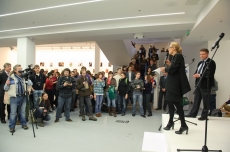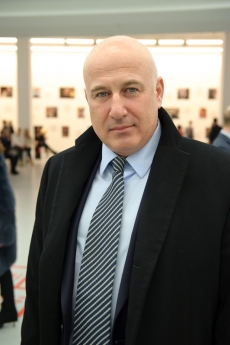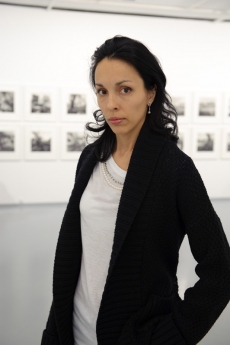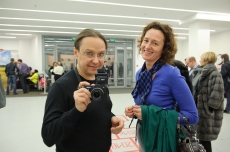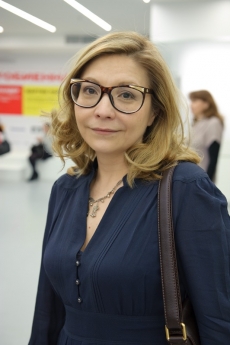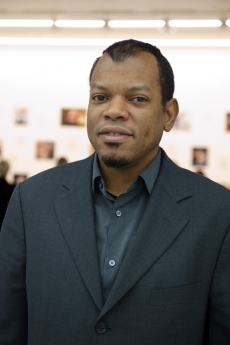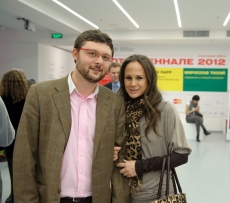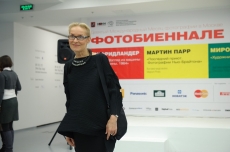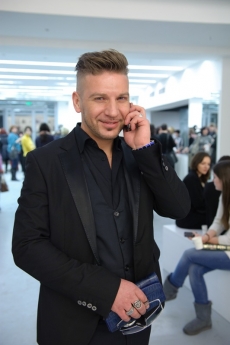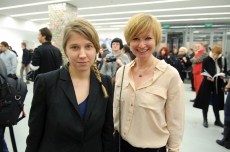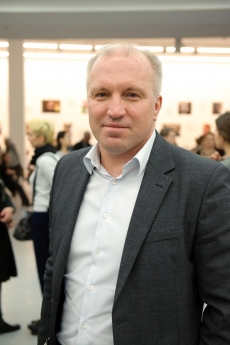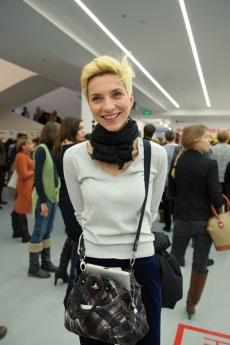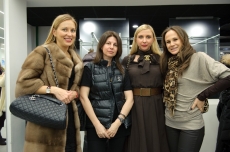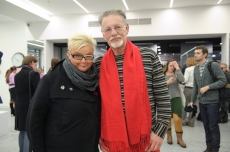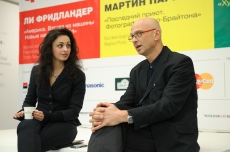America By Car. The New Cars 1964
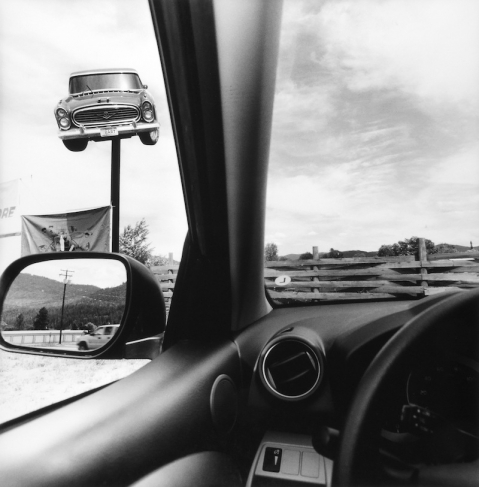
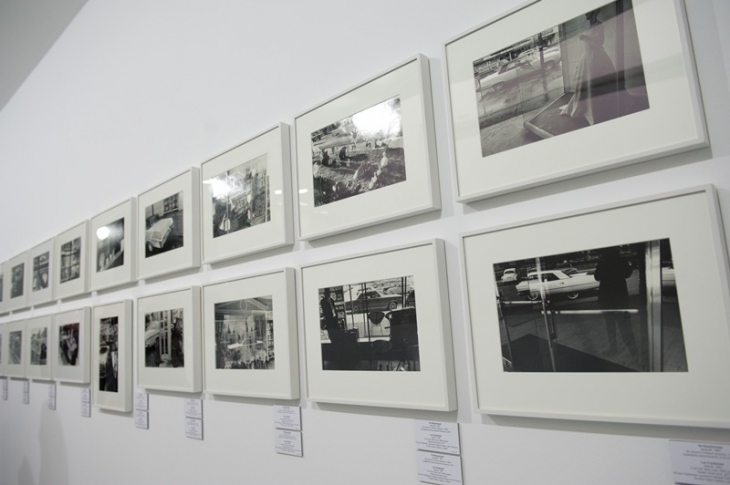
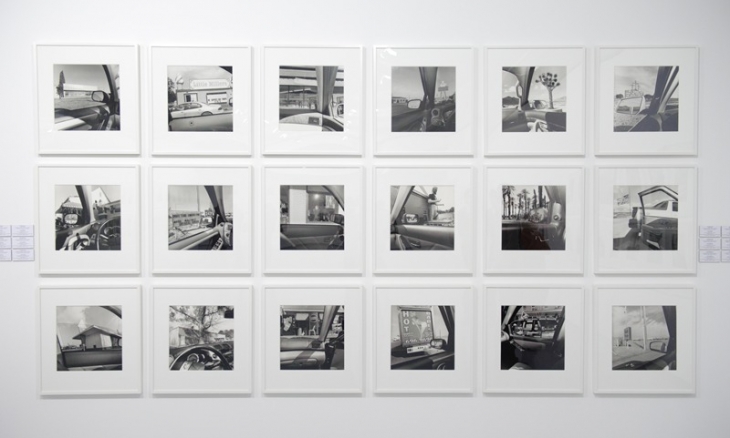
Lee Friedlander. “Montana”, 2008. Gelatin-Silver Print. From ‘America By Car’. © Lee Friedlander, courtesy Fraenkel Gallery, San Francisco
Moscow, 23.02.2012—15.04.2012
exhibition is over
Share with friends
The project of Lee Friedlander America By Car charts numerous journeys made by the photographer during the last decade across most of the fifty US states. Shot entirely from the interiors of rental cars, typically from the driver’s seat, Friedlander makes use of side and rearview mirrors, windscreens, and side windows as framing devices for a total of 192 images.
For the press
In America By Car, Friedlander uses the quintessential icons of US culture — cars and the open road — to explore contemporary America, revisiting in the process many of the places and strategies that he has incorporated into his practice throughout his career.
Presented in the square-crop format that characterizes Friedlander’s more recent work, these images complicate and invigorate the most bereft of rural scenes. His desire to collapse and flatten out the three dimensional world parallels the means of cubist painting and recalls the collaging techniques of pop art.
Functioning as an introduction to America by Car we are also very pleased to be simultaneously exhibiting The New Cars 1964 portfolio, also previously unseen in the UK.
Comprising of 33 works in total, The New Cars 1964 was the result of a commission for Harper’s Bazaar to mark the unveiling of the much-anticipated new car models of that year: Chryslers, Buicks, Pontiacs and Cadillacs.
Rejecting the expected glamour and techniques of visual seduction that remain Harper’s stock-in-trade, Friedlander arranged for the various cars to be delivered to lacklustre locations such as car parks, budget furniture stores and, perhaps most transgressive of all, a used-car lot. Showcasing his trademark techniques such as distorted reflection, low lighting and obscured objects or perspectives, Friedlander reduced these Continentals and Eldorados to ghostly presences, glimpsed as they so often are in these photographs through, or in the reflection of, a shop window. Elsewhere, clear views of the cars are blocked by garden furniture, advertising boards, and a pile of used tyres.
Originally intended for publication in the magazine’s November issue, the resulting uncompromisingly modern and gritty images proved far too subversive for the magazine’s editor in chief, and the feature was pulled. Friedlander received his fee and his photographs were returned to him. Until recently they had remained in his darkroom storage, forgotten about, for over fifty years.
Lee Friedlander was born in Aberdeen, Washington in 1934 and was introduced to photography at the age of fourteen. After shooting album cover portraits of Jazz musicians in New York and New Orleans, he began freelance commercial work in the late 1950s.
In a career spanning over fifty years, Friedlander is renowned for his recordings of everyday phenomena in works that he describes as ‘American social landscapes’.
First coming to prominence after exhibiting alongside fellow photographers Garry Winogrand and Diane Arbus in John Szarkowski’s New Documents exhibition at MoMA, New York in 1967, Friedlander has been instrumental in the medium of photography’s acceptance as a significant 20th century art form.
Among his numerous awards are a MacArthur Foundation Award, grants from the National Endowment for the Arts and three Guggenheim Fellowships. Friedlander has published over twenty books beginning with the groundbreaking Self Portraits in 1970, and including American Musicians (1976), Lee Friedlander at work (2002), and Sticks and Stones: Architectural America (2004). Friedlander was the subject of a major traveling exhibition organized by MoMA in 2005, as well as being the 25th Hasselblad Award Winner the same year.

